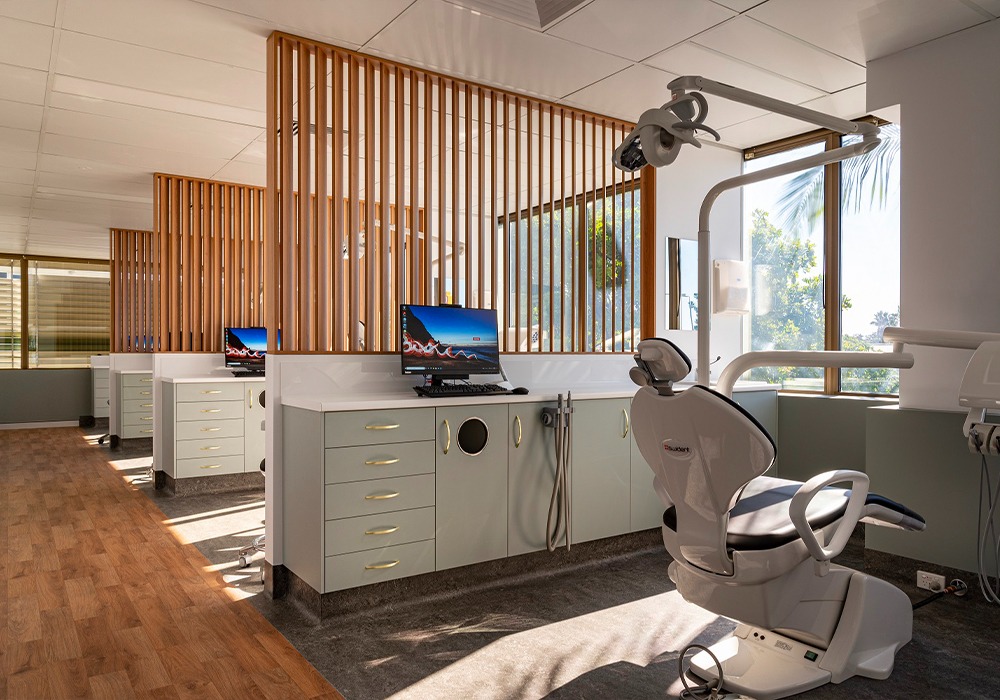Call us: 07 3889 8355

Braces are the most popular choice for orthodontic treatment.
Braces work by applying gentle pressure on your teeth and over time moving them into their desired positions. Your braces are then adjusted periodically to achieve the optimal result.
Today there are so many different types of braces available we can definitely find the right ones for you. And they are not what they used to be! Today braces are much less bulky and go virtually unnoticed. Some braces are clear and some have coloured brackets. Elastics come in heaps of colours and you can change certain elements with your braces each time you visit.
The time required for braces treatment will vary from person to person. This depends upon how far the teeth need to be moved, the age of the patient, the health of the teeth and gums during treatment and individual biology. An average treatment time is approximately 18 to 24 months. The best age to begin orthodontic treatment also varies depending on the patient. We generally recommend bringing your child in for an assessment at around 8 years of age, enabling treatment to be started at the ideal time. Adult patients may commence orthodontics at any age – it is never too late to go straight!
The wires and elastic of braces work by applying controlled pressure to teeth, causing bone to dissolve in front of the tooth and new bone to build up behind it as the tooth moves forward into the softened area. The shape of the wire, and the way elastics are worn, determine the direction in which the teeth move.
Start the conversation with our team at Smart Smile Orthodontics today to get started on your smile journey!